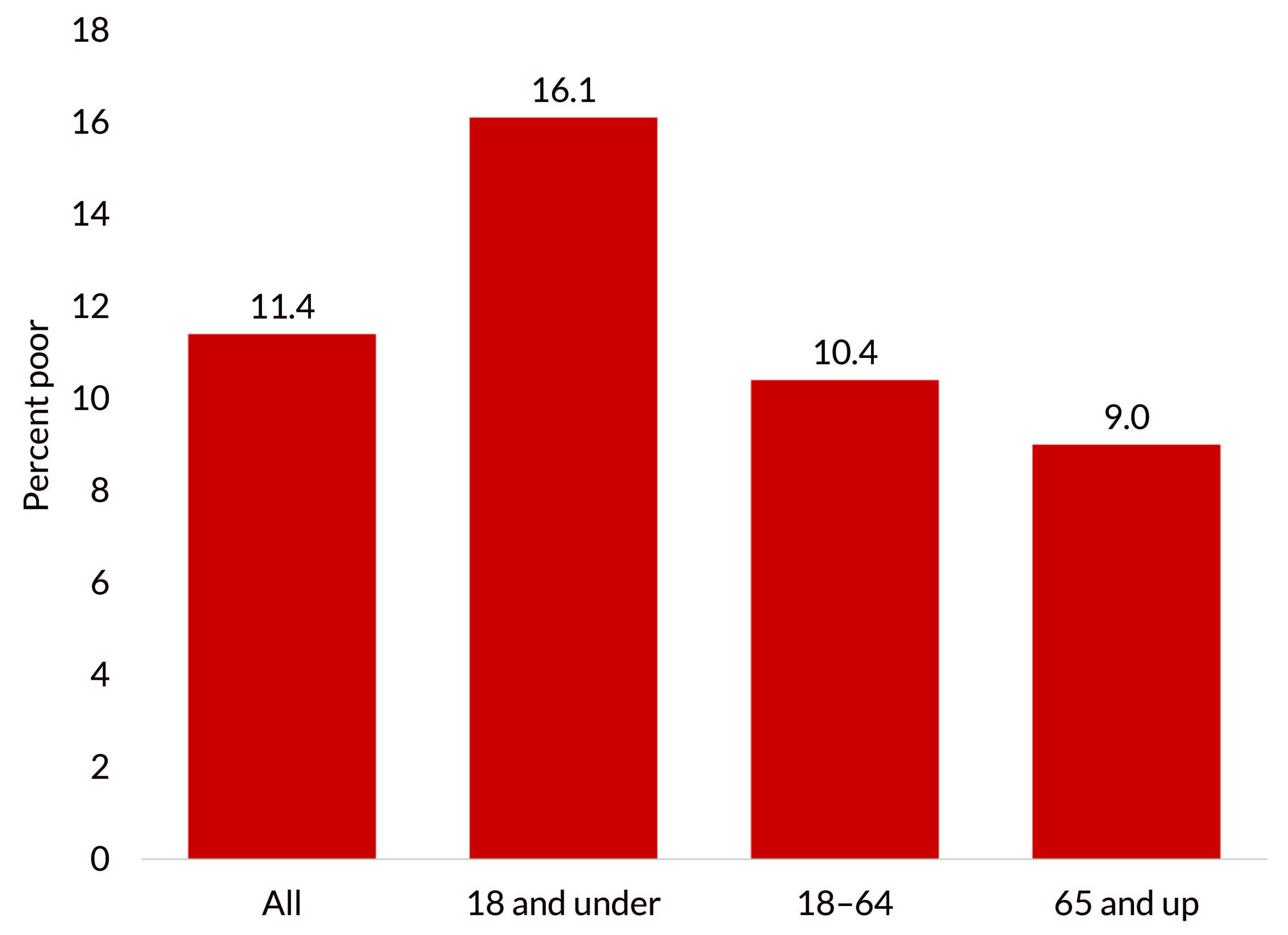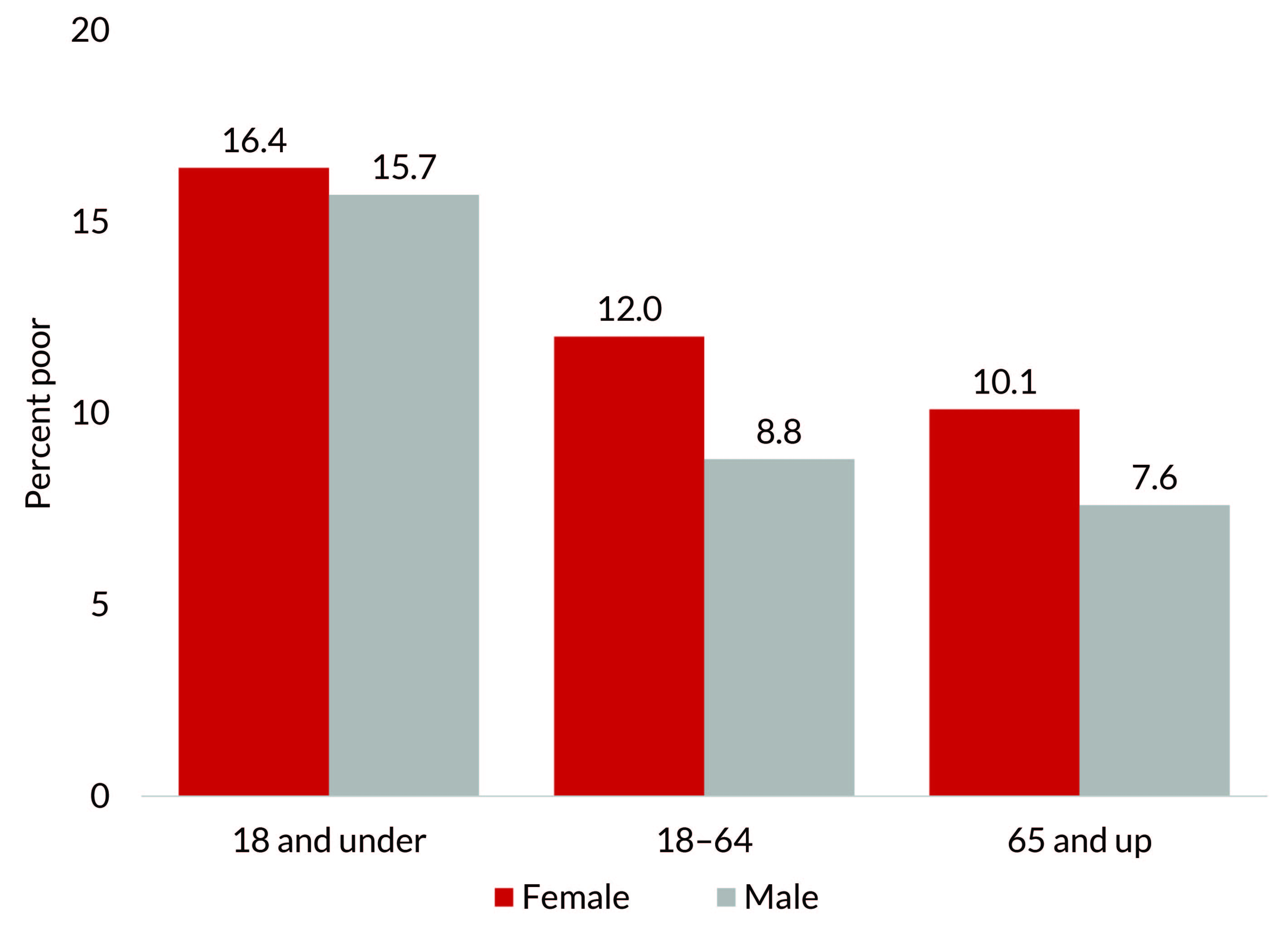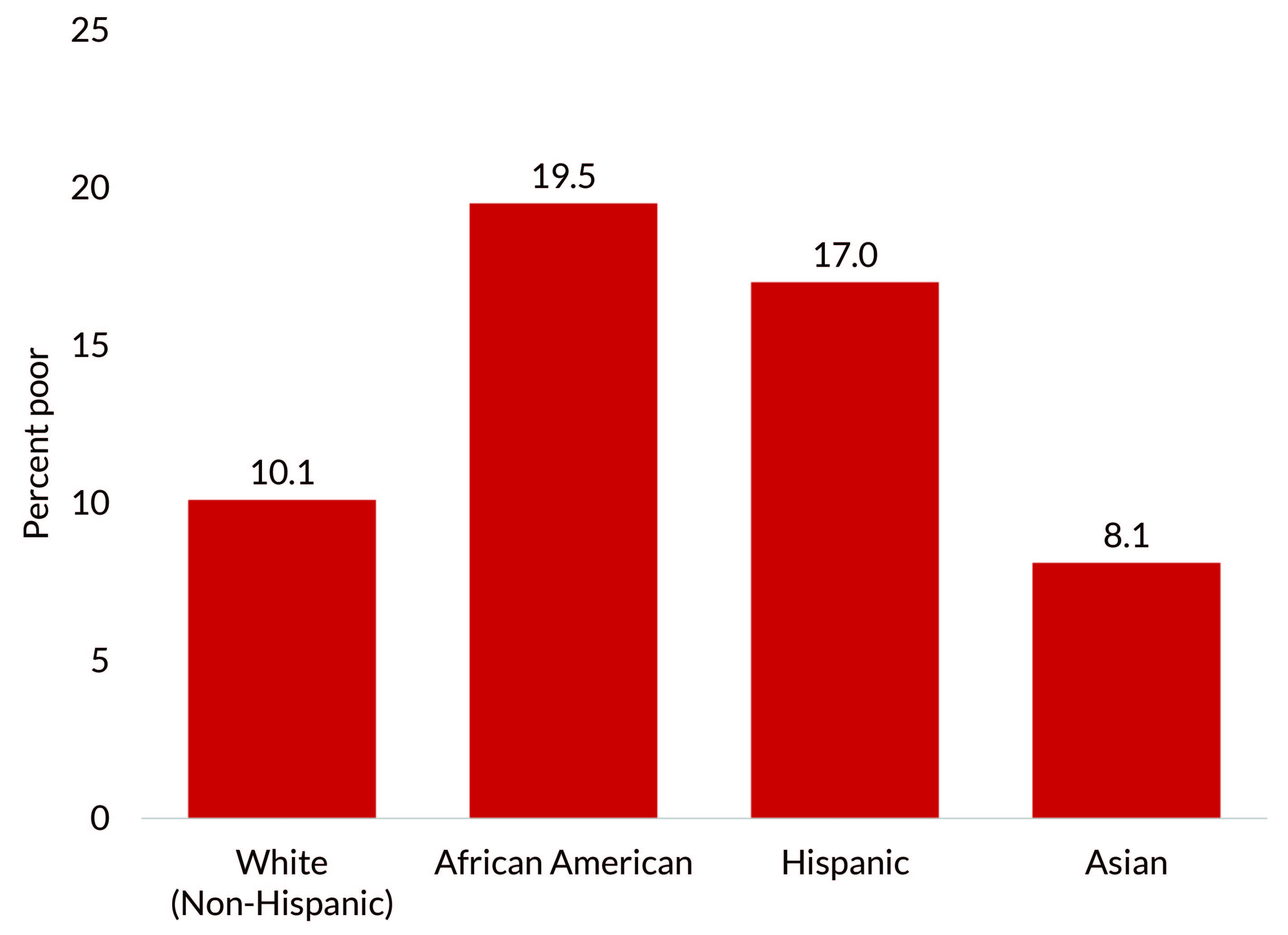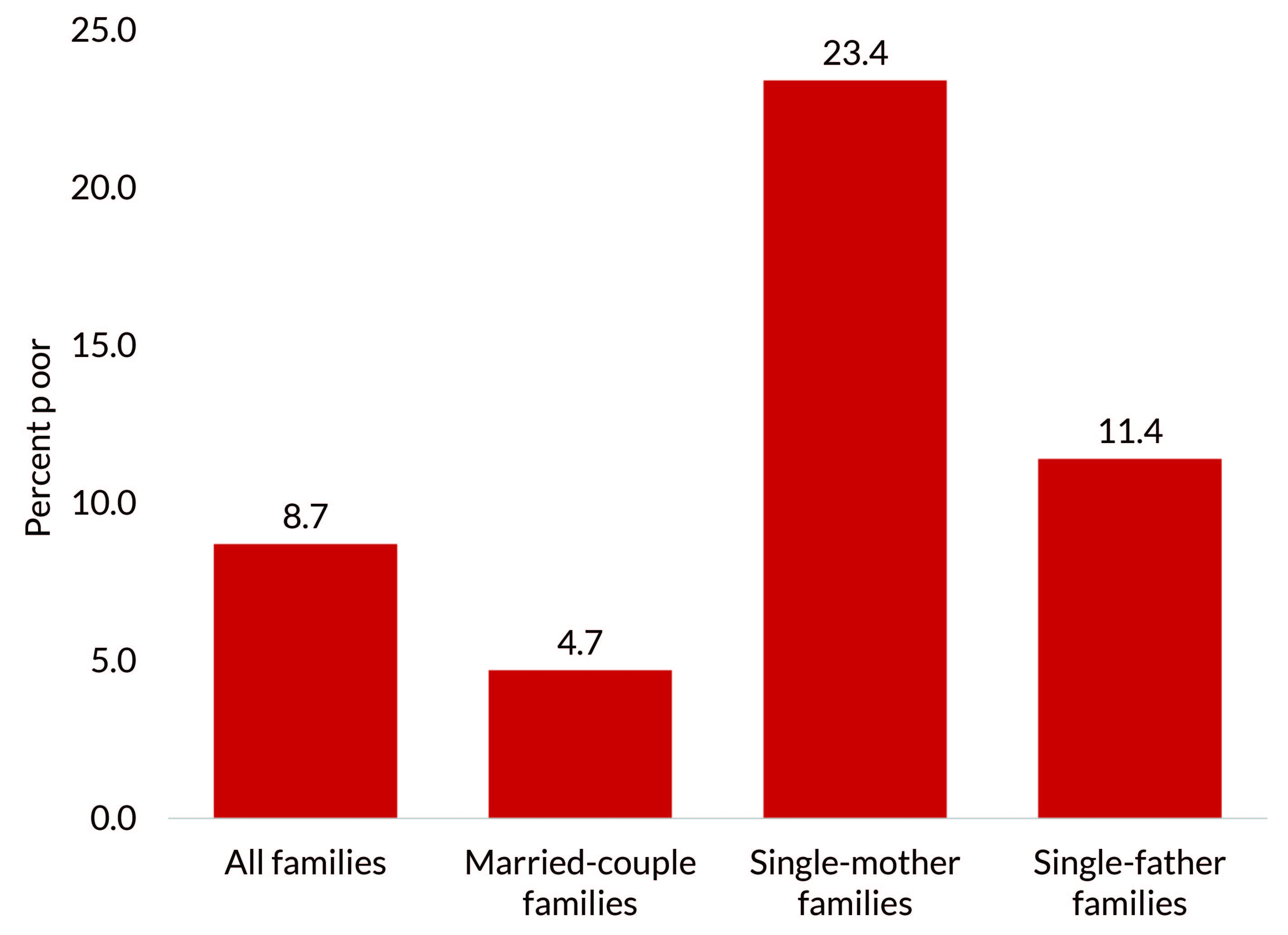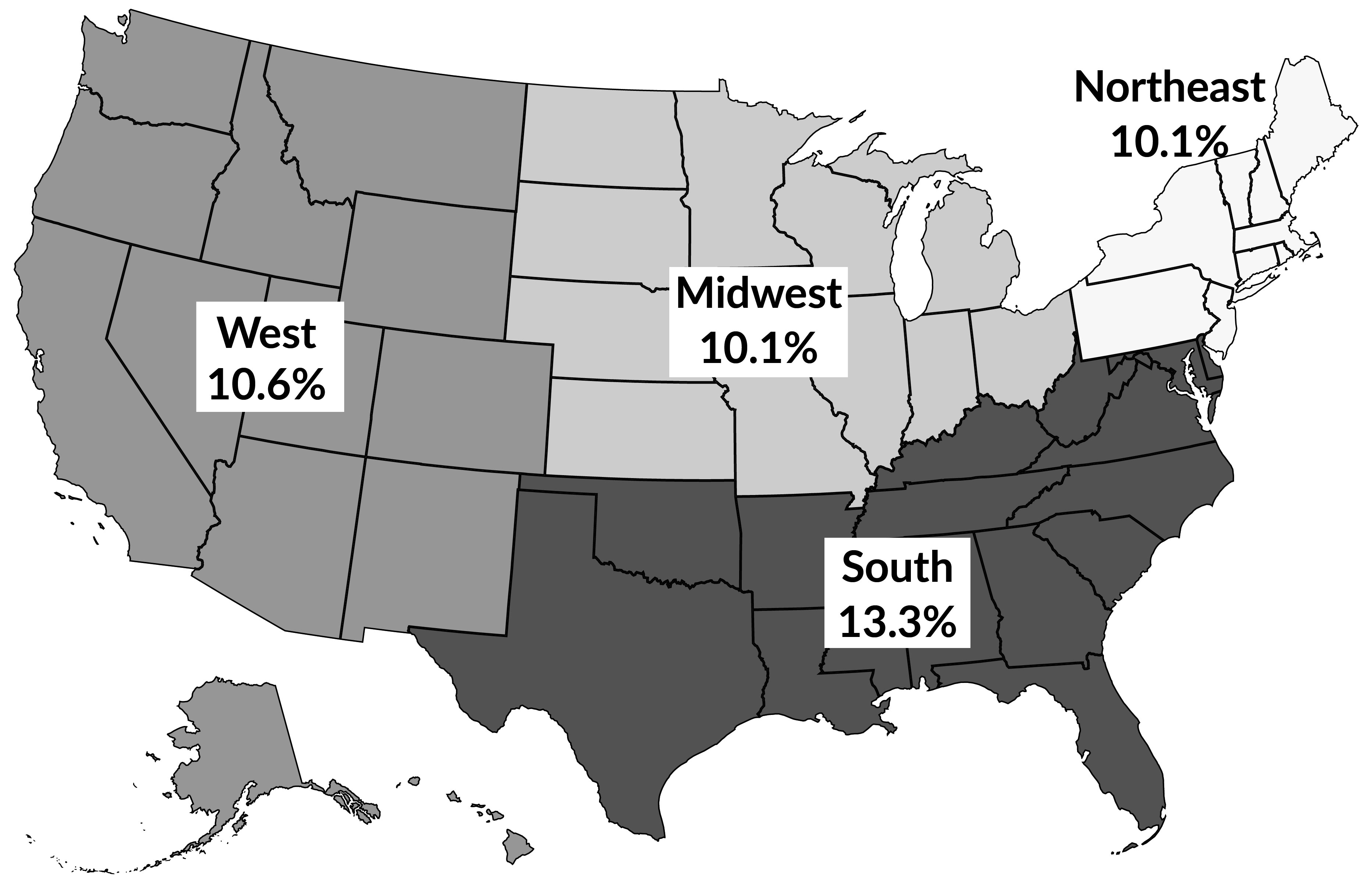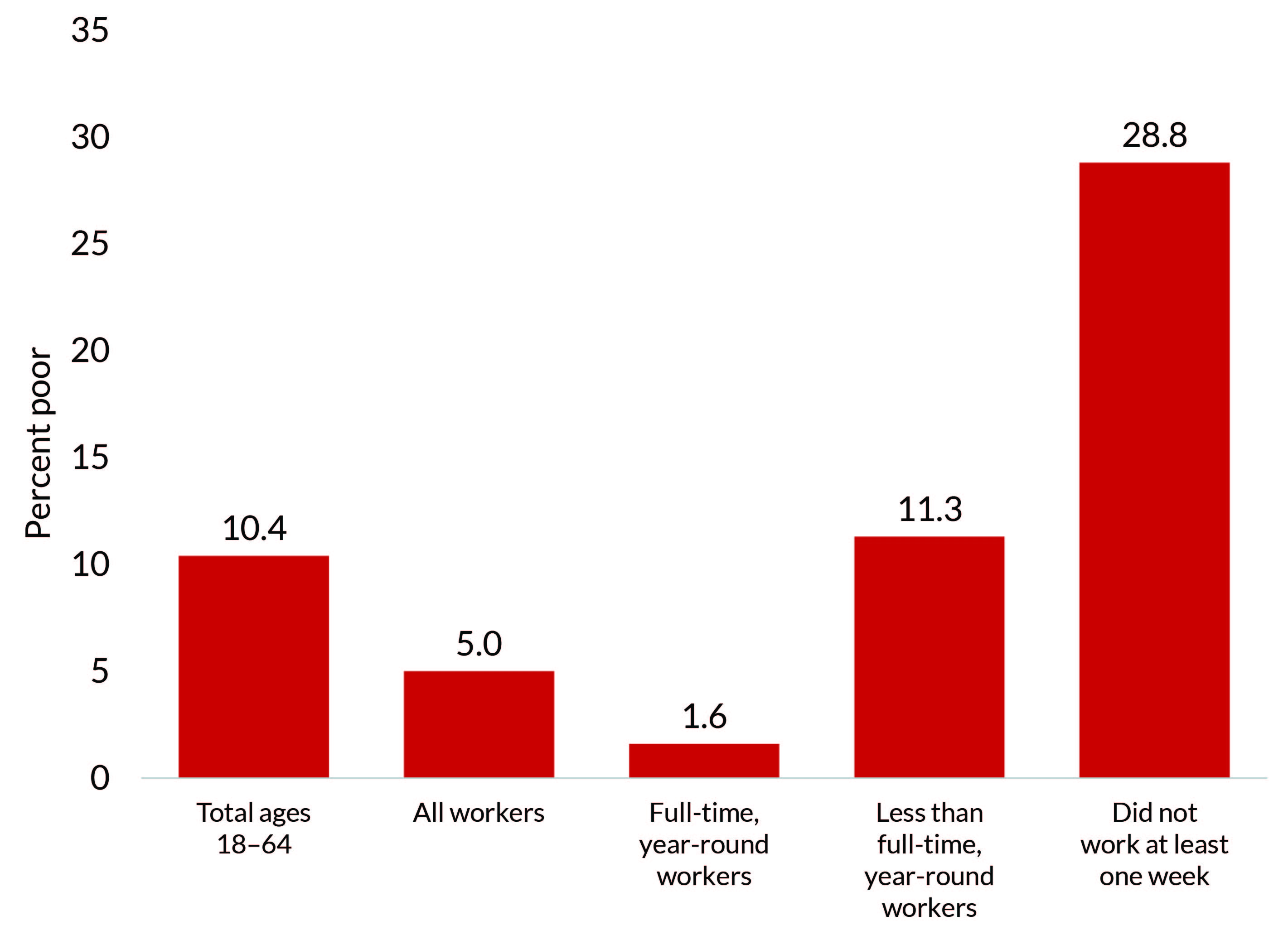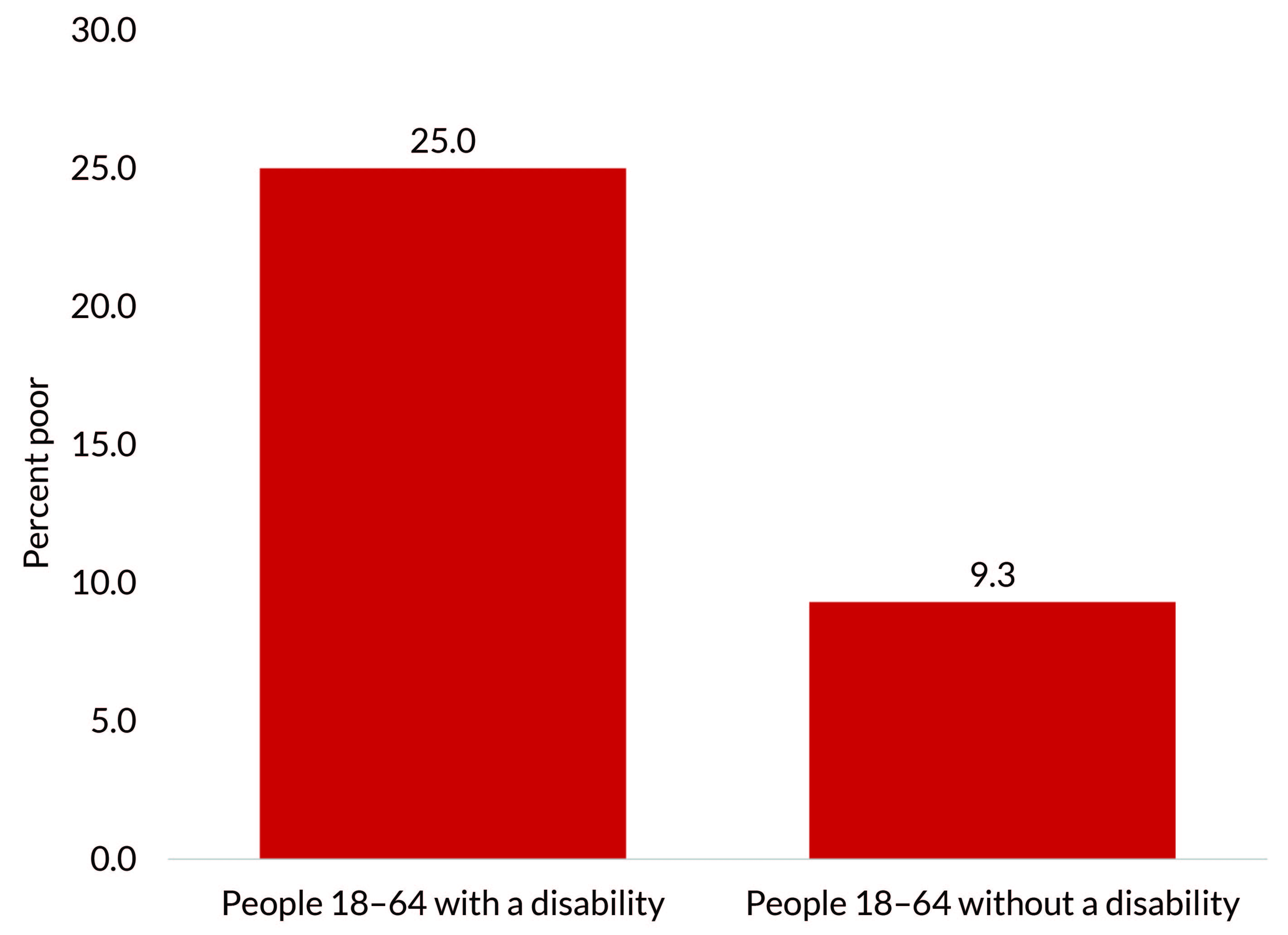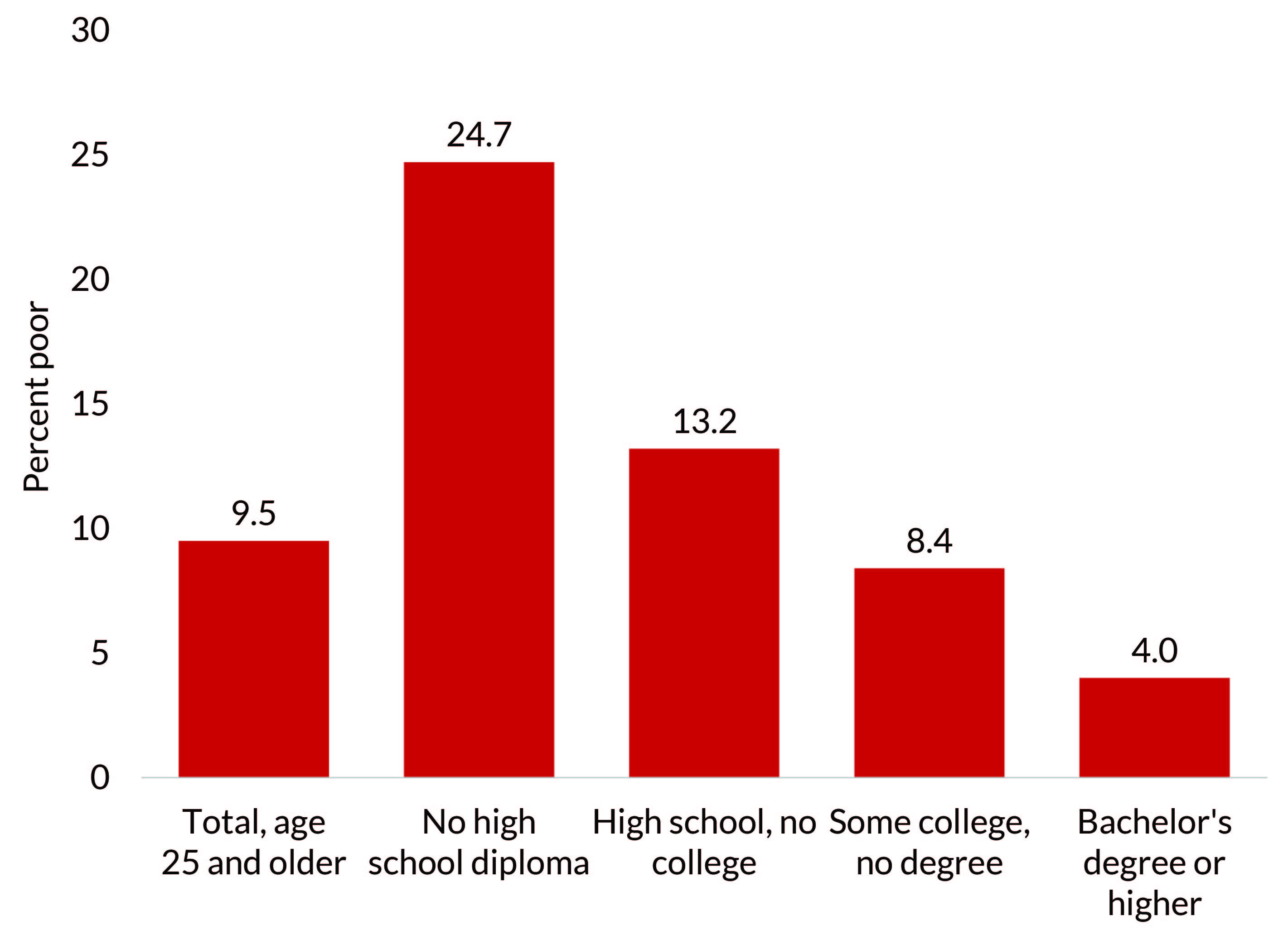The most recent official poverty measure estimates show that 11.4% of the population of the United States—37.2 million people—were poor in 2020. The graph below shows the rate of poverty over time for the United States, from 1959 to 2020. This page goes on to show the rates of poverty by demographic and geographic subgroups.
The official poverty rate when it was first measured in 1959 was 22.4%; then, after a major decline over the 1960s, poverty has hovered between roughly 10% and 15%.
Other Poverty FAQs
Poverty Rates by Demographic Subgroups
The U.S. Census Bureau releases annual estimates of poverty by various subgroups in the United States. Below, this section describes each of these groups for the year 2020:
